La danse macabre
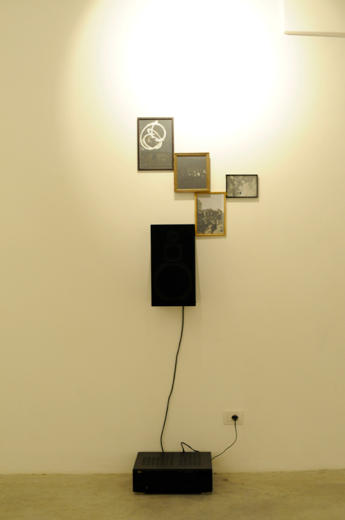 Gabriele De Santis, Untitled, 2009. Installation view, Nomas Foundation, Rome
Gabriele De Santis, Untitled, 2009. Installation view, Nomas Foundation, Rome
 Stanislao Di Giugno, The Turn of the Screw, 2010. Courtesy of the artist and Galleria Tiziana Di Caro, Salerno
Stanislao Di Giugno, The Turn of the Screw, 2010. Courtesy of the artist and Galleria Tiziana Di Caro, Salerno
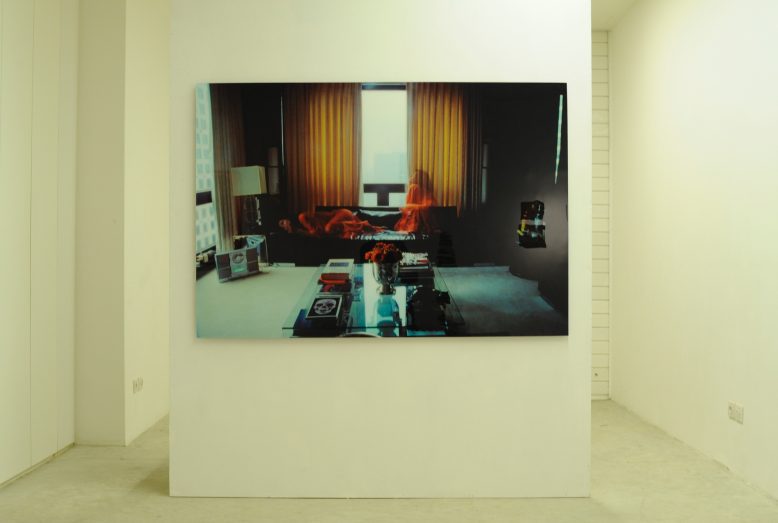 Roberto De Paolis, NATASCHA, 2009. Installation view, Nomas Foundation, Rome. Courtesy Galleria Oredaria Arti Contemporanee, Rome
Roberto De Paolis, NATASCHA, 2009. Installation view, Nomas Foundation, Rome. Courtesy Galleria Oredaria Arti Contemporanee, Rome
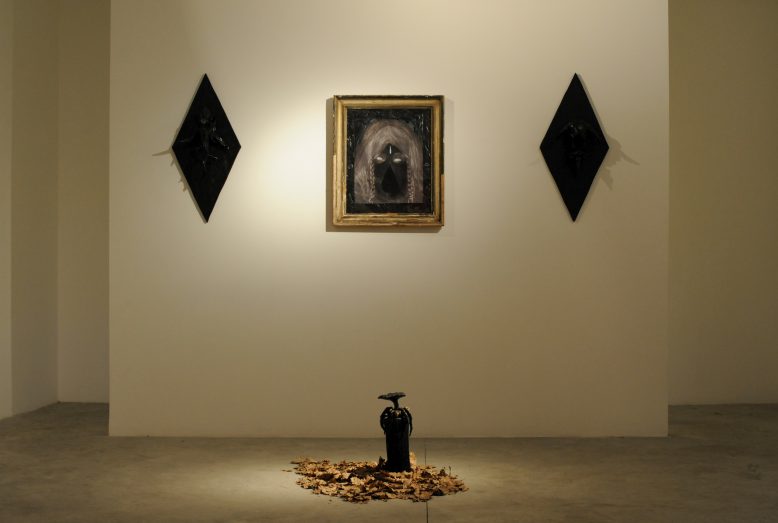 La danse macabre. Installation view, Nomas Foundation, Rome. Courtesy of the artist
La danse macabre. Installation view, Nomas Foundation, Rome. Courtesy of the artist
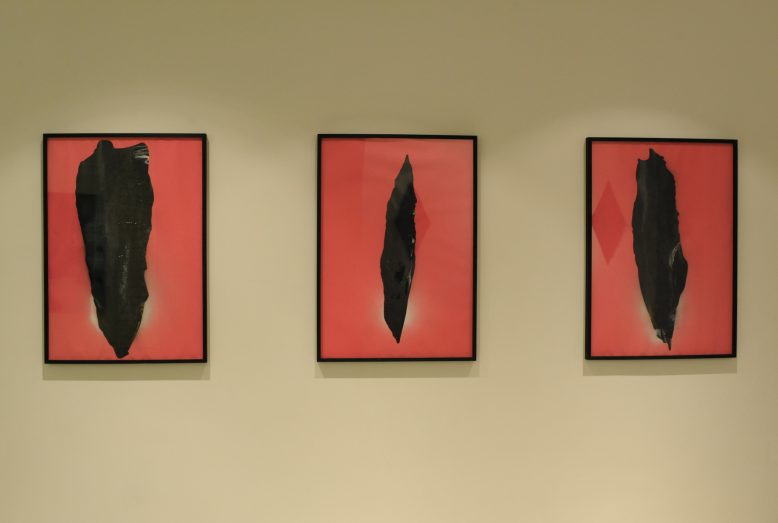 Nicola Pecoraro, Pink Portals, 2009. Installation view, Nomas Foundation, Rome. Courtesy Galleria S.A.L.E.S., Rome
Nicola Pecoraro, Pink Portals, 2009. Installation view, Nomas Foundation, Rome. Courtesy Galleria S.A.L.E.S., Rome
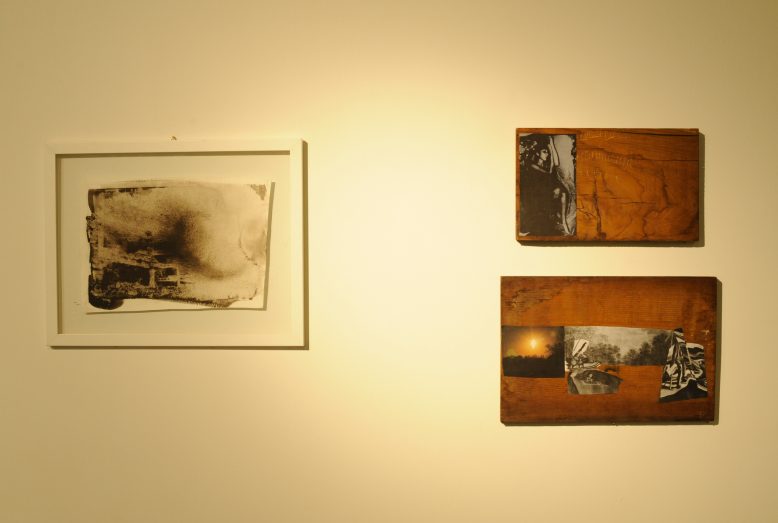 La danse macabre. Installation view, Nomas Foundation, Rome. Courtesy of the artist
La danse macabre. Installation view, Nomas Foundation, Rome. Courtesy of the artist
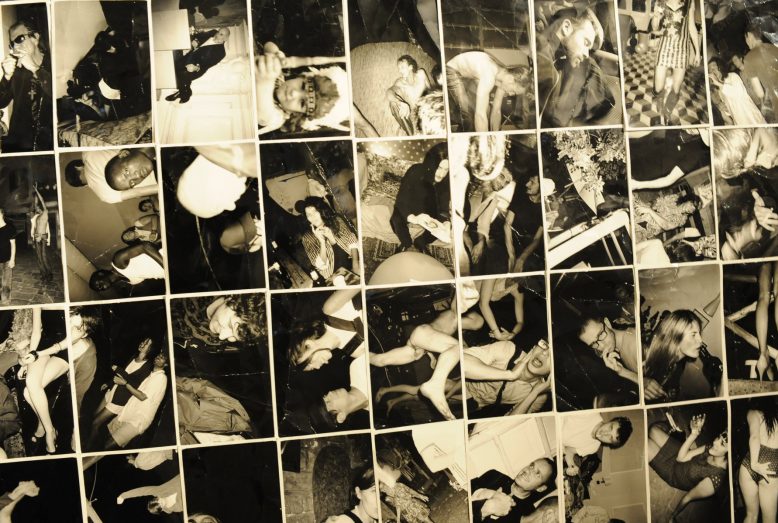 Caterina Nelli, FORGETMENOT, 2007-2010. Installation view, Nomas Foundation, Rome. Courtesy of the artist
Caterina Nelli, FORGETMENOT, 2007-2010. Installation view, Nomas Foundation, Rome. Courtesy of the artist
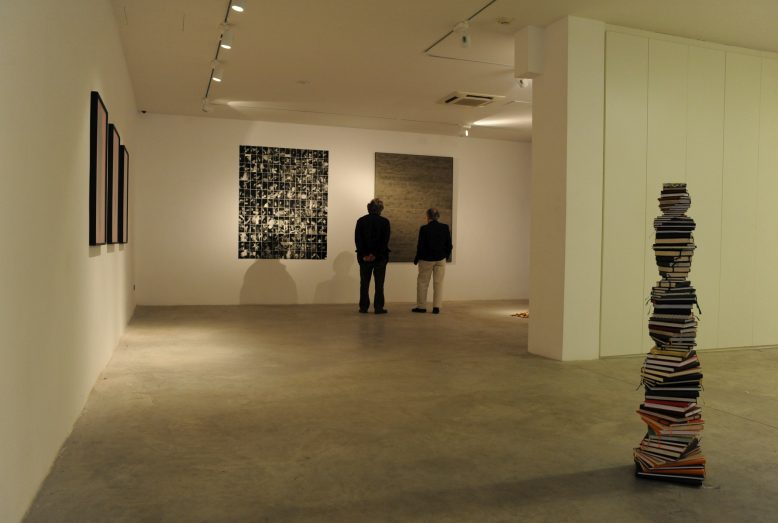 La danse macabre. Installation view, Nomas Foundation, Rome
La danse macabre. Installation view, Nomas Foundation, Rome
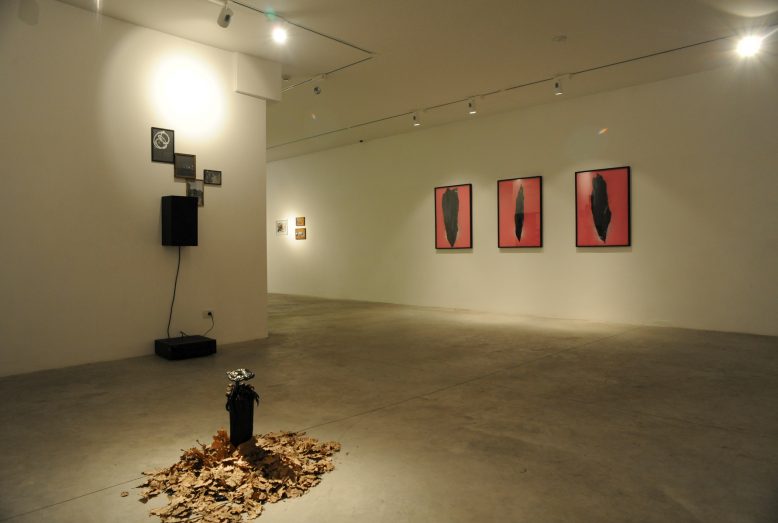 La danse macabre. Installation view, Nomas Foundation, Rome
La danse macabre. Installation view, Nomas Foundation, Rome
Curated by Alexander Anderson, Poppy Cotterell, Valeria D’Ambrosio, Lucrezia Gaetani Cembran, Angels Miralda-Tena, Olga Serhijchuk, Ellen Von Wiegand
Nomas Foundation in collaboration with John Cabot University Art History and Studio Arts Department
March 11th – April 1st, 2010
Opening: March 11th, 2010 form 7.00pm
Nomas Foundation, viale Somalia 33, Rome
ARTISTS: Carola Bonfili, Roberto De Paolis, Gabriele de Santis, Stanislao Di Giugno, Emiliano Maggi, Caterina Nelli, Nicola Pecoraro
Nomas Foundation is proud to announce the first collaboration with John Cabot University’s Department of Art History and Studio Art, presenting the exhibition project La Danse Macabre, which investigates the debate on the transcendent through the works of Carola Bonfili, Roberto De Paolis, Gabriele de Santis, Stanislao di Giugno, Emiliano Maggi, Caterina Nelli, Nicola Pecoraro.
The question of the spiritual has haunted the entirety of human philosophy and theology. In the Middle Ages the “Danse Macabre” and theme of the Triumph of Death became popular topics in folklore and art, serving to familiarize the viewer with the political and social precariousness, as exemplified in Hans Holbein’s masterpiece the Dance of Death series of woodblock prints. Today contemporary art is still elaborating on this theme as catastrophic events continue to act as catalysts to theories and explorations of the unknown. Within the last two years, the giant untouchable economy of the West has crashed, leaving people grasping for a new direction. In times of social uncertainties, questions of the infinite cyclically emerge and the relationship with the transcendent becomes an urge. The selection of artworks in La Danse Macabre strives to portray the sense of persistence in the discussion of the infinite, through different interpretations, dwelling upon the juxtaposition of the physical and ethereal realm.
La Danse Macabre is hosted in the frame of Nomas Lab, a platform which fosters the dialogue between universities, art schools and the Foundation.
The exhibition project La Danse Macabre was initiated within the course Issues and Trends in Contemporary Art lead by Professor Ilaria Gianni at John Cabot University, Rome, which confronted the students with the art scene of the city.
Supported by (ethic)